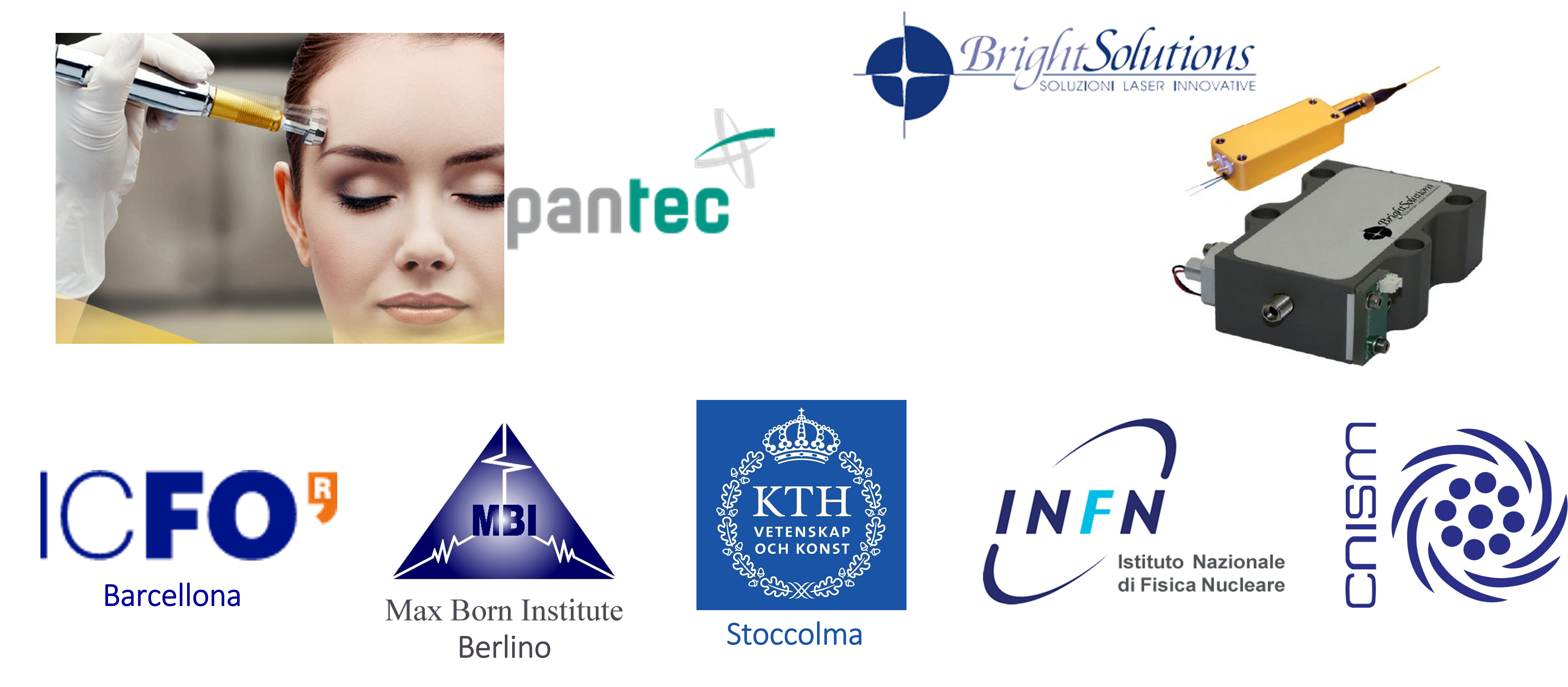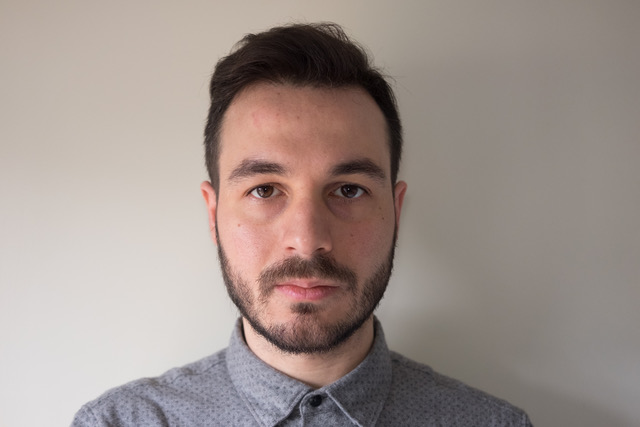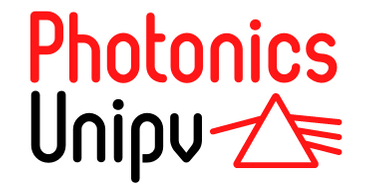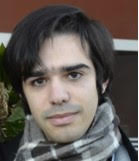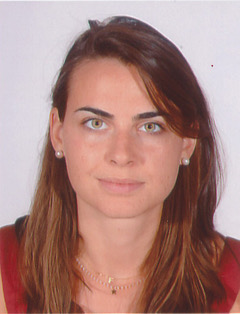Diode Pumped Solid State (DPSS) Lasers, Ultrafast Lasers and Special Sources
During the 1990s, the impressive increase of telecommunications market gave incentive to the spread of optical devices and to the improvements in semiconductor growth technology, allowing a decisive step forward to semiconductor diode laser performances. The availability of new compact, reliable and efficient diode pump modules made easier the rapid growth of DPSSL (Diode Pumped Solid State Lasers) and FL (Fiber Lasers), now representing the state of the art for the industrial market.
The Industrial Photonics group pioneered in Italy the research in this field and it is nowadays a well experienced group in the development of innovative solutions in the field of DPSSL and FL. Pumping schemes, resonator modeling, thermal problems, active and passive Q-switching and mode-locking techniques have been intensively investigated.
In the last few years we especially focussed on:
- study of new Nd and Yb doped materials for ultrashort (picosecond and femtosecond) pulse generation;
- study of new nanostructured saturable absorbers for ultrashort pulse generation;
- study of ultrafast FL and hybrid amplifiers;
- efficient harmonic and parametric generation from UV to FIR;
- development of numerical models for laser design optimization;
- development of highly customized and extremely complex laser systems within national and international research projects.
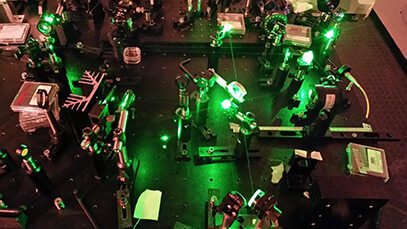
High-Power Ultrafast Lasers and Amplifiers
High-power, ultrafast lasers technology has rapidly progressed over the past two decades. Thanks to a continual academic and industrial research, the cost and complexity of ultrafast lasers progressively decreased, making this technology available for a large, and rapidly increasing, variety of bio-medical and industrial applications.
The state of the art in this field is represented by high power femto-second diode-pumped lasers emitting in the 1 µm wavelength region. These laser systems usually rely on Yb-doped crystals as active media, since Yb ion offers a small quantum defect (that results in higher efficiencies and potential for average power up-scaling) and a very broad emission bandwidth, a fundamental prerequisite for ultrashort pulse generation.
This research field is characterized by a strong interconnection with the industrial laser market. At the LSL, also through active and fruitful collaborations with important international companies, we investigate the potential of new Yb-doped active materials and study innovative solutions for femtosecond high-power amplifiers.
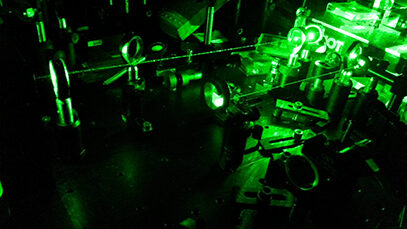
Fiber Lasers and numerical modelling
In the last years, fiber lasers have increasingly gained market positions previously occupied by other kinds of laser sources. The single-mode (high beam quality) operation, broad emission linewidth, high gain (expecially in MOPA configuration), high optical/electrical conversion efficiency, easy thermal managment, industrial reliability, low cost and the continuous increase in output power (kW level in CW operation) represent the main fatures which lead fiber lasers to be an attractive solution in many industrial and scientific applications such as: material processing, spectroscopy, medicine, telecommunications and so on. In particular, at LSL we focus on passively (SESAM) mode-locked operation at 1 µm mainly in the picosecond region (1÷100 ps) for micromachinig application or nonlinear frequency conversion to directly access the mid-IR spectral range (up to 10 μm). Furthermore, numerical (MATLAB) models are continuously under development to allow better fiber amplifier and laser design.
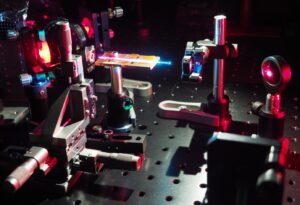
- L. M. Molteni, J. Manzolli, F. Pirzio, A. Agnesi, G. Piccinno, P. Laporta, G. Galzerano, "Versatile OSCAT time-domain THz spectrometer", Opt. Express 31, pp. 12289-12298 (2023);
- S. Donati, R. Gotti, A. Agnesi, F. Pirzio, "Self-Mixing displacement measured by a two-color laser in 66-nm steps", IEEE Transactions on Instrumentation & Measurement 72, pp. 7000607 (2023);
- S. Pizzurro, R. Gotti, L. Carrà, G. Piccinno, A. Agnesi, F. Pirzio, "Femtosecond Mamyshev fiber oscillator started by a passively Q-switched microchip laser", Optics Letters 47, pp. 1960-1963 (2022);
- F. Pirzio, J. R. Negri, A. Agnesi, "Femtosecond optical parametric oscillator with 3D-printed polymeric parts", Optics and Laser Technology 147, p. 107657 (2022)
- S. Pizzurro, S. Jun, M. Tonelli, L. Carrà, G. Piccinno, A. Agnesi, F. Pirzio, "1-mJ multi-kHz nanosecond pulses from a single-crystal Yb:LiLuF4 amplifier seeded by a passively-Q-switched laser", Optics and Laser Technology 148, p. 107744 (2022).
Our laboratory has constant interactions with national and international partners. In particular with the following facilities:
